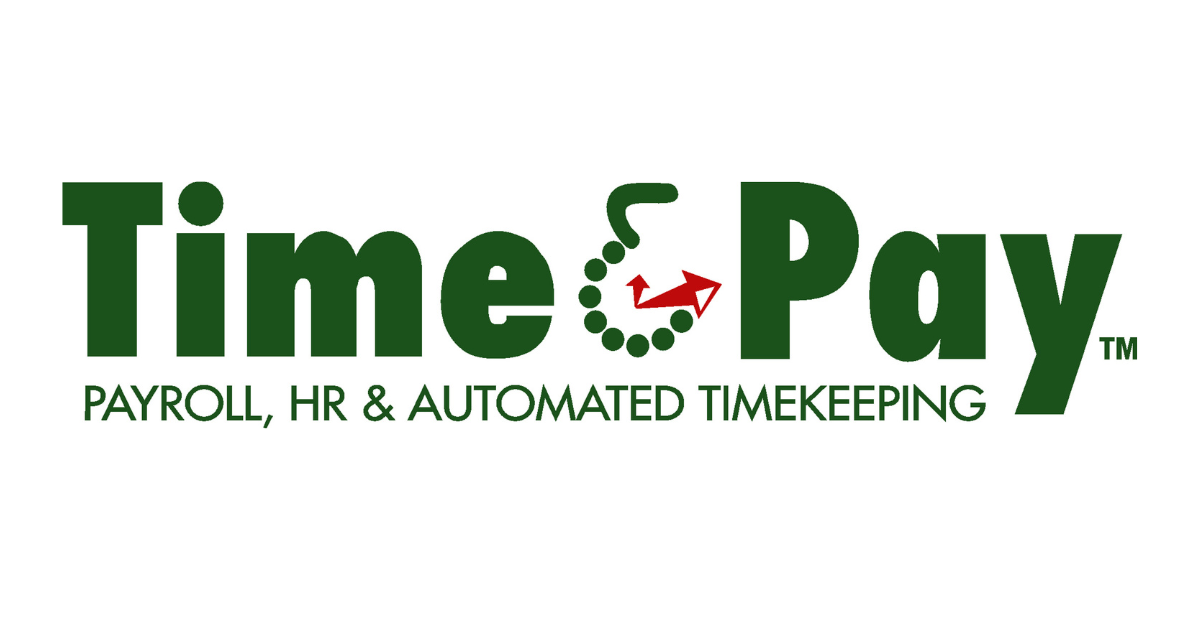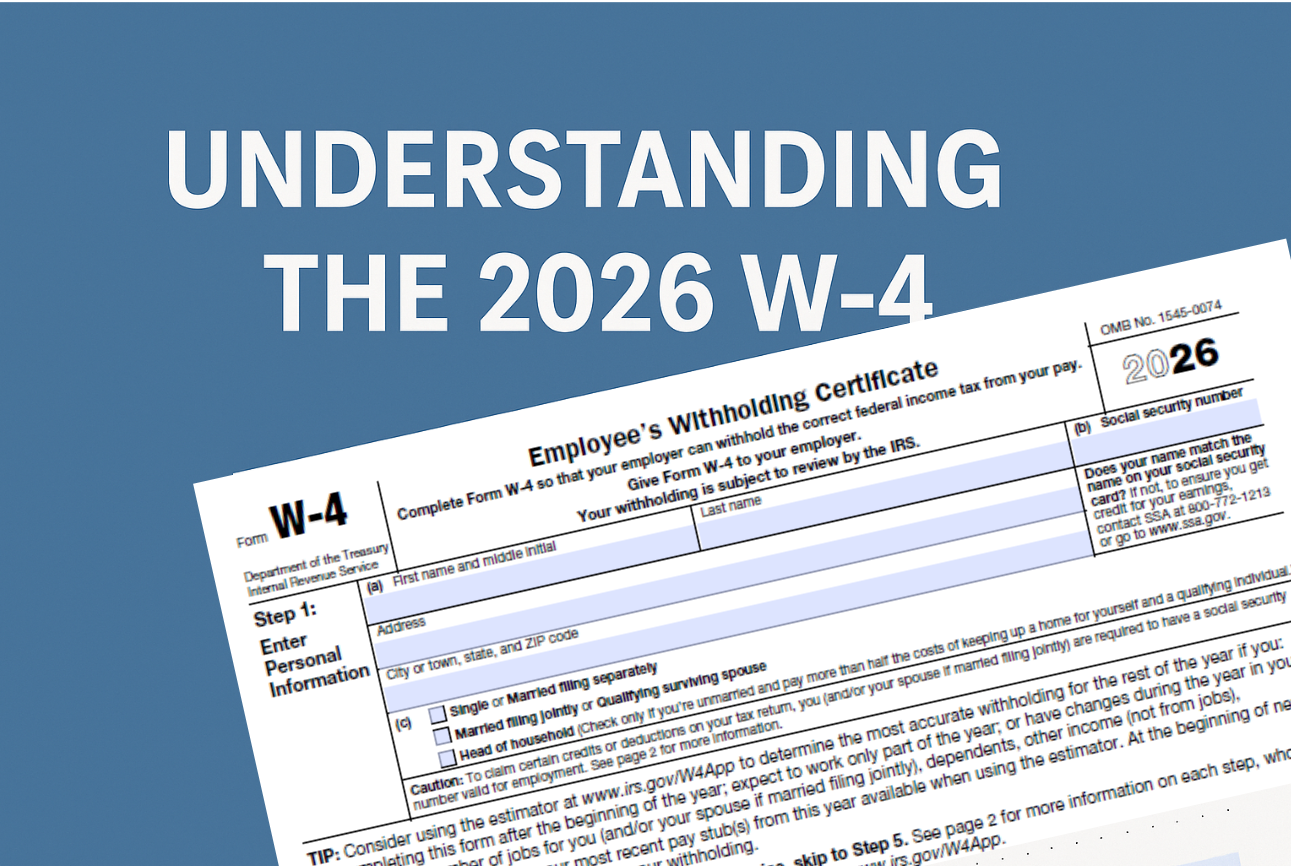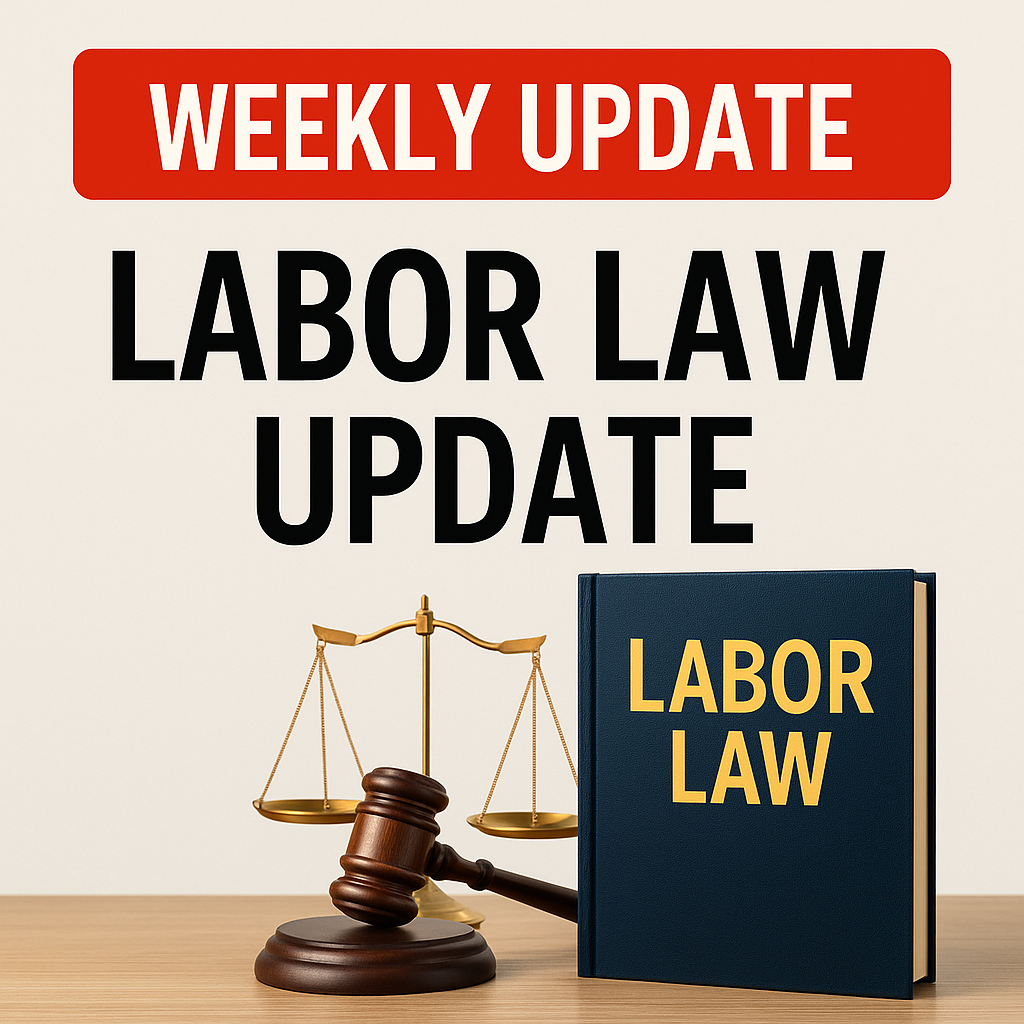Navigating Proposed Payroll Changes: How Trump’s Tax Plans on Tips, Overtime, and Social Security Could Reshape Payroll Processes for Businesses
In the evolving landscape of U.S. tax policy, President Donald Trump has proposed several changes that could significantly impact payroll processes for businesses. These proposals include eliminating taxes on tips, overtime pay, and Social Security benefits. Understanding these potential changes is crucial for companies to adapt their payroll systems accordingly.
1. Elimination of Taxes on Tips
Trump has suggested exempting workers' tips from federal taxation, aiming to increase take-home pay for employees in the service and hospitality sectors. This proposal could simplify payroll calculations by removing the need to withhold income taxes on reported tips. However, it may also reduce contributions to Social Security and Medicare, as these programs are funded through payroll taxes. Businesses would need to adjust their payroll systems to accommodate these changes and ensure compliance with updated tax regulations.
2. Removal of Taxes on Overtime Pay
Another proposal involves eliminating taxes on overtime earnings. This change would require payroll systems to differentiate between regular and overtime wages, applying tax exemptions accordingly. While this could incentivize employees to work additional hours, it would necessitate updates to payroll software and processes to accurately reflect the tax-exempt status of overtime pay.
3. Exemption of Social Security Benefits from Taxation
Trump has also proposed ending federal taxes on Social Security benefits for seniors. For businesses, this change would primarily affect payroll processes related to retirement planning and benefits administration. Companies would need to update their systems to reflect the non-taxable status of Social Security benefits, ensuring accurate withholding and reporting for employees nearing retirement.
Implications for Payroll Processing
Implementing these tax changes would require businesses to:
- Update Payroll Software: Ensure systems can accurately apply new tax exemptions for tips, overtime, and Social Security benefits.
- Train Payroll Staff: Educate employees on the new tax regulations and their implications for payroll processing.
- Communicate with Employees: Inform staff about how these changes affect their take-home pay and benefits.
- Monitor Compliance: Stay abreast of legislative developments to maintain compliance with federal tax laws.
While these proposals aim to increase workers' net income, they also present challenges for payroll management. Businesses must proactively adapt their payroll processes to accommodate these potential changes, ensuring seamless operations and compliance with evolving tax regulations.
How We Can Help
At Time & Pay, we’re dedicated to guiding our clients through complex tax and payroll adjustments with precision and expertise. As industry professionals, we understand the nuances of regulatory changes and how they affect payroll processes. With Trump’s proposed tax reforms, our team is committed to ensuring a seamless transition for your business, whether it’s adjusting payroll calculations for exempt overtime and tips or managing changes in Social Security benefits taxation. We’ll update payroll software, provide comprehensive training for your team, and offer clear, ongoing communication to keep you informed and compliant. As your trusted partner, Time & Pay is here to reduce the administrative burden on your team, streamline payroll adjustments, and maintain accuracy every step of the way, so you can focus on growing your business with confidence.




